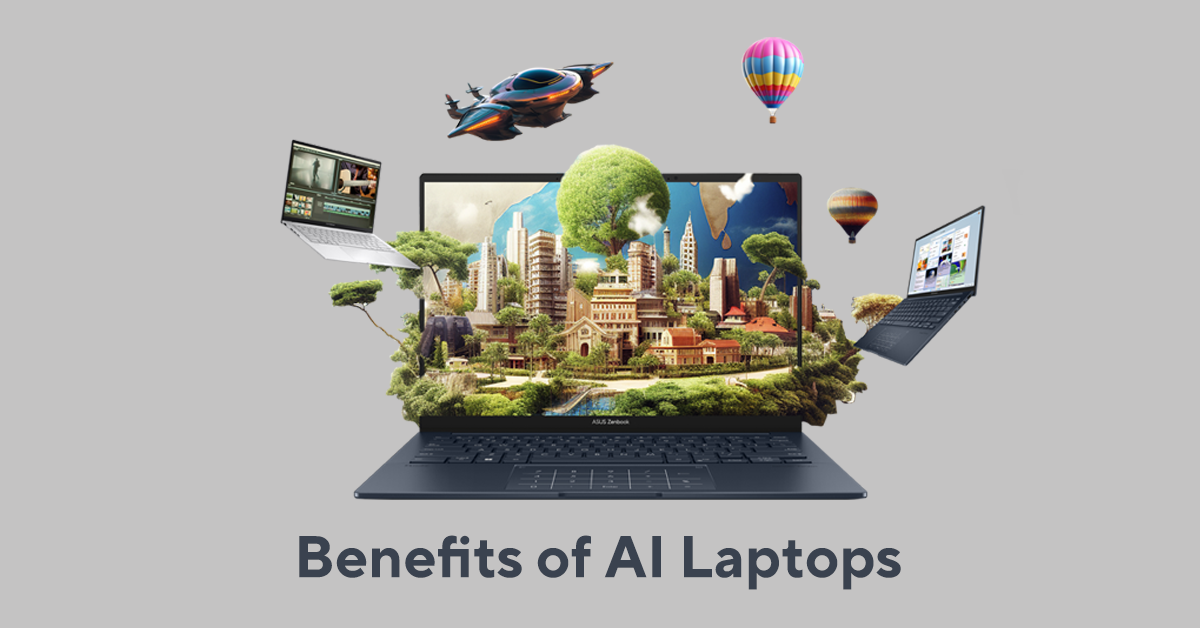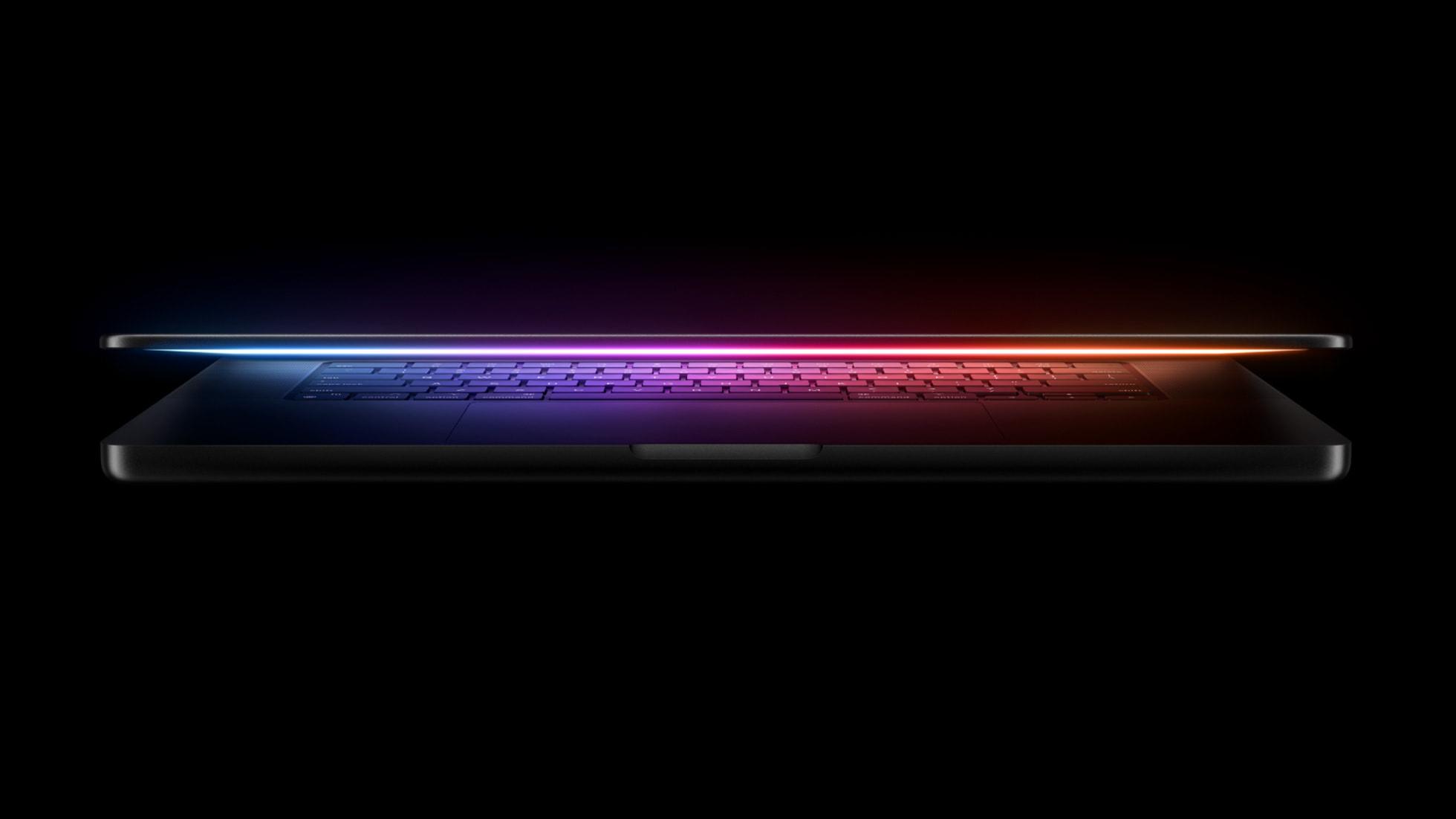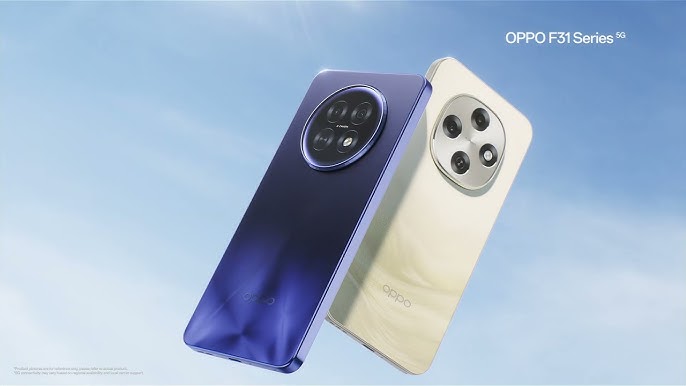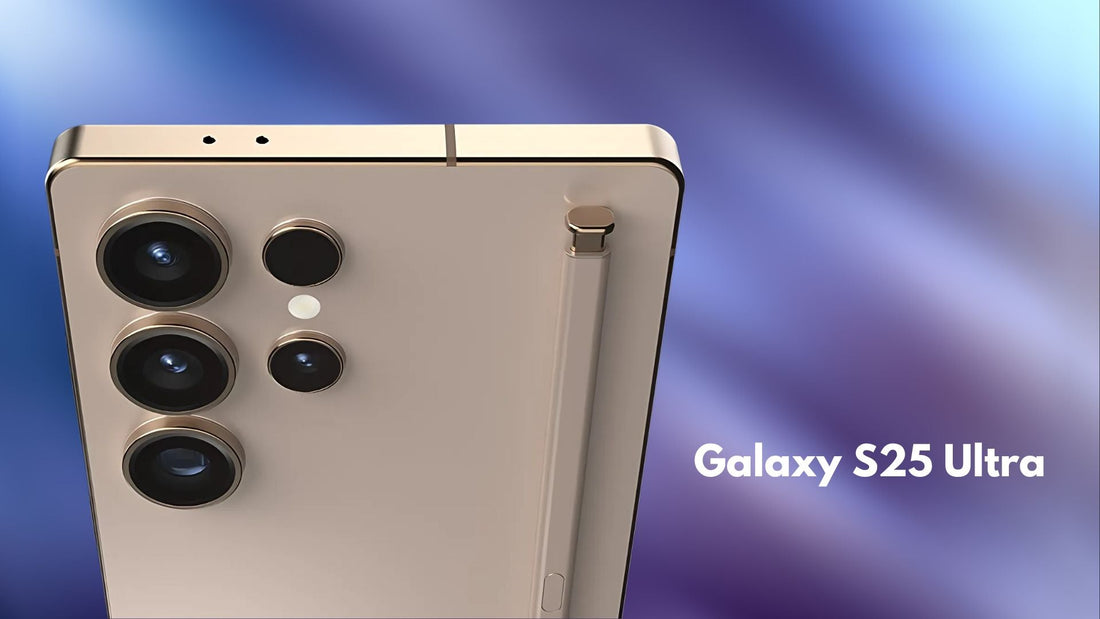Alright, buckle up—because the smartphone circus is about to go full tilt. Google just dropped the news: its big “Made by Google” event is scheduled for August 20, 2025, at 1 PM ET. And honestly, you gotta admire the pettiness—Pixel 10 gets unleashed weeks before Apple can even say “iPhone 17.” Is it strategic? Oh, 100%. Google’s daring Tim Cook to blink first.
Pixel 10 starts shipping August 28. That’s actual phones in people’s hands, not just hype or some slick promo video. So, Google’s got a real shot to snag the early birds—the folks who love to flex the latest gadget before everyone else. But man, it’s not just a race on the calendar. Google’s betting the farm on some wild new AI tricks and a fresh-out-of-the-lab Tensor G5 chip. Maybe this is the year they finally land a punch that rattles Apple’s cage. Or perhaps it’s just another round in the endless tech soap opera. Either way, I’m here for the drama.
Google’s Strategic August 20 Event: Perfect Timing for Market Dominance
Why August 20 Changes Everything
Honestly, Google just threw a curveball by dropping their big event on August 20. Usually, Apple’s the one hogging the spotlight in September with their iPhone circus, but Google’s tired of playing second fiddle. They’re about to roll out not one, not two, but four new Pixels—Pixel 10, Pixel 10 Pro, Pixel 10 Pro XL (because apparently “Pro” wasn’t enough), and the Pixel 10 Pro Fold for all the flexers out there. Oh, and don’t forget Pixel Watch 4 is tagging along for the ride. Looks like Google’s aiming to steal some thunder before Tim Cook even pulls out his turtleneck.
This early launch strategy offers several key advantages:
- Consumer attention capture: Three weeks before Apple’s event means Google owns the headlines
- Holiday positioning: Earlier availability for the crucial Q4 shopping season
- Retail momentum: Establishing shelf presence before the iPhone 17 competition
- Tech press focus: Undivided media attention without Apple overshadowing
The Made by Google 2025 Showcase
Officially, Google is teasing the latest on “Pixel phones, watches, buds, and more.” This comprehensive ecosystem approach directly challenges Apple’s integrated hardware strategy. The event promises to showcase Google’s complete vision for AI-powered mobile computing, positioning the Pixel 10 as the centerpiece of a broader technological revolution.
Pixel 10 AI Features: The Tensor G5 Revolution
A Completely Redesigned Chip Architecture
Alright, here’s the thing: Pixel 10’s secret weapon? That wild new Tensor G5 chip. Google’s finally going all out—no more half measures, this baby’s their first chip built totally from scratch. Forget those baby steps they took before; this is a serious leap. Honestly, it’s like they chucked out the old playbook and decided to reinvent what a phone brain can even do.
Key Tensor G5 innovations include:
Custom GPU Architecture: The Tensor G5 comes with a GPU from Imagination Technologies (or IMG) — the DXT-48-1536 running at 1.1 GHz. This shift from ARM Mali represents Google’s commitment to optimized AI processing performance.
Enhanced Memory Configuration: The Pixel 10 series is expected to include 16GB of RAM, an increase from previous Pixel models, allowing for more efficient multitasking and quicker response times.
Advanced Camera ISP: Google is using quite a few off-the-shelf components in the Pixel 10’s Tensor G5 chip, but a fully custom ISP. This custom Image Signal Processor promises unprecedented computational photography capabilities.
Performance Benchmarks That Matter
So, early tests are already hyping up the Pixel 10 Pro Fold—apparently, it’s pulling off a wild 36% speed boost over the Tensor G4. Not too shabby, right? Okay, fine, it’s probably not gonna out-muscle Apple’s A18 Bionic when it comes to straight-up horsepower. But here’s the kicker: Google’s doubling down on AI tricks and smart optimizations. Honestly, that might end up mattering way more in daily life than just flexing raw numbers. Guess we’ll see if those AI tweaks make your phone feel smarter, not just faster.
Revolutionary AI Capabilities: Beyond Traditional Smartphones
On-Device AI Processing
Honestly, the coolest thing about the Tensor G5? It’s a total beast when it comes to AI. Google crammed a tiny genius into the chip so your phone can juggle wild machine learning stuff right on the spot—no waiting around for the cloud, no sketchy data floating off somewhere. So yeah, everything feels way snappier, and your private stuff stays, well, private. Pretty slick, right?
- Real-time language translation with conversational accuracy
- Advanced voice recognition that understands context and intent
- Predictive text input that learns from user behavior patterns
- Intelligent battery management that adapts to usage patterns
Computational Photography Revolution
Google’s custom ISP in the Tensor G5 enables groundbreaking photography features:
- Magic Eraser 2.0: Enhanced object removal with AI-powered background reconstruction
- Portrait Light: Real-time lighting adjustment using machine learning
- Action Pan: Professional-grade motion blur effects
- Astrophotography Pro: Extended exposure capabilities with AI noise reduction
Integration with Google’s AI Ecosystem
The Pixel 10 seamlessly integrates with Google’s broader AI initiatives:
- Gemini AI Assistant: Deep system-level integration for contextual assistance
- Google Lens 3.0: Enhanced real-world object recognition and interaction
- Smart Compose: AI-powered message and email composition
- Contextual Suggestions: Proactive recommendations based on user behavior
Apple iPhone 17 Competition: The September Showdown
Apple’s Response Strategy
Man, Apple is sticking with that classic September launch? Honestly, it kinda backs them into a corner these days. The iPhone 17—yeah, the one that’s probably rolling out with the A18 Bionic and iOS 19—has got its work cut out. Google’s out there waving the AI flag, making everything “smart” before you can blink, and Apple’s gotta pull some serious rabbits out of hats if they wanna keep up. No pressure or anything.
Key areas where Apple must compete:
- AI Integration: Matching Google’s on-device AI capabilities
- Camera Performance: Countering Pixel’s computational photography leadership
- Ecosystem Integration: Maintaining the iPhone’s seamless device connectivity
- Performance Benchmarks: Demonstrating tangible speed advantages
Market Dynamics Shift
Google’s early launch fundamentally alters the competitive landscape. Traditional metrics like processing power and camera quality become secondary to AI integration and real-world utility. This shift plays to Google’s strengths in machine learning and cloud services.
Technical Specifications Deep Dive
Tensor G5 Architecture Breakdown
For the CPU, Google is continuing to use ARM Cortex, which is not a surprise at all. It’s reportedly the same cores that are being used in the G4. However, the real innovation lies in the chip’s specialized AI processing units and custom components.
Core Configuration:
- Primary cores: ARM Cortex-X5 (performance)
- Efficiency cores: ARM Cortex-A725 (power saving)
- AI cores: Custom Google TPU units
- GPU: Imagination Technologies DXT-48-1536
- Memory: 16GB LPDDR5X RAM standard
Display and Design Evolution
The Pixel 10 series maintains Google’s refined design language while introducing subtle improvements:
- Pixel 10: 6.3-inch OLED, 120Hz refresh rate
- Pixel 10 Pro: 6.8-inch LTPO OLED, adaptive refresh rate
- Pixel 10 Pro XL: 6.9-inch LTPO OLED, enhanced brightness
- Pixel 10 Pro Fold: 7.6-inch inner display, 6.4-inch outer display
Camera System Advancements
Google’s custom ISP enables a new generation of camera capabilities:
Main Camera Array:
- 50MP primary sensor with improved low-light performance
- 12MP ultrawide with enhanced distortion correction
- 48MP telephoto with 5x optical zoom
- AI-powered computational photography processing
Front-Facing Camera:
- 10.5MP with advanced portrait mode
- Real-time beauty filters powered by AI
- Enhanced video calling optimization
Ecosystem Integration: Beyond Just a Phone
Pixel Watch 4 Synergy
The Google Pixel 10 series will launch at an event on August 20, along with other devices like the Pixel Watch 4 and Pixel Buds 2a. This coordinated launch emphasizes Google’s ecosystem approach, with seamless integration between devices.
Cross-Device AI Features:
- Shared AI processing across Pixel devices
- Unified health monitoring with AI insights
- Seamless handoff between phone and watch
- Coordinated notification management
Smart Home Integration
The Pixel 10’s AI capabilities extend beyond personal use into smart home control:
- Nest Device Management: Voice control with contextual understanding
- Ambient Computing: Proactive home automation based on user patterns
- Security Integration: AI-powered threat detection and response
- Energy Optimization: Intelligent power management across connected devices
Market Impact and Consumer Benefits
Pricing Strategy and Value Proposition
Google’s aggressive positioning suggests competitive pricing to maximize market penetration:
- Pixel 10: Expected starting price around $699
- Pixel 10 Pro: Estimated at $999
- Pixel 10 Pro XL: Likely priced at $1,199
- Pixel 10 Pro Fold: Premium pricing around $1,799
Trade-in Programs and Incentives
Pre-orders starting the same day as the announcement, Google is expected to offer aggressive trade-in values and carrier partnerships to drive adoption.
Long-term Software Support
Google’s commitment to extended software support positions the Pixel 10 as a long-term investment:
- 7 years of OS updates guaranteed
- Monthly security patches for enhanced protection
- Feature drops with regular AI capability enhancements
- Android 16 launches a device with exclusive features
Industry Analysis: The Future of Smartphone Competition
AI as the New Battleground
Honestly, the Pixel 10 dropping isn’t just another phone launch—it’s like the rules of the smartphone game got tossed out the window. Who even cares about cramming in more megapixels or chasing a few extra gigahertz these days? It’s all about AI now, and guess what? Google’s been quietly flexing those machine learning muscles for years. They’ve got the cloud clout, the data, the whole shebang. Everyone else? Kinda scrambling to catch up, if we’re being real.
Consumer Behavior Evolution
Modern smartphone users increasingly value practical AI features over traditional specifications:
- Productivity enhancement through intelligent assistance
- Photography simplification via computational improvements
- Battery optimization through predictive management
- Privacy protection with on-device processing
Market Share Implications
Google’s strategic timing and AI focus could significantly impact market dynamics:
- Premium segment penetration: Competing directly with iPhone Pro models
- Android leadership: Reinforcing Google’s platform control
- Ecosystem expansion: Driving adoption of Google services
- Innovation pace: Accelerating AI development across the industry
Looking Ahead: The Long-term Vision
Google’s AI-First Strategy
Pixel 10 isn’t just another phone—it’s Google shouting, “Hey, the future’s here, and it’s all about brains, not brawn.” Instead of obsessing over how fast the thing can run benchmarks or whatever, they’re doubling down on AI. Like, forget flexing with specs. Google’s gambling that the next wave of phones will win people over by being smart as hell, not just speedy. Bold move? Maybe. But honestly, it’s kinda refreshing.
Implications for Apple
Honestly, Apple’s gotta do something wild to keep up with Google’s whole “AI-first” vibe. The iPhone 17 dropping in September? That’s the big moment—either Apple finally flexes some real AI muscle, or they just double down on their usual game: slick design, that addictive walled-garden feel, and charging you extra for a new color. Are they gonna catch up, or just keep polishing the same old apple? Guess we’ll find out soon enough.
Consumer Winners
Regardless of brand loyalty, consumers benefit from this intensifying competition:
- Accelerated innovation in AI capabilities
- Improved value propositions through competitive pricing
- Enhanced user experiences across both platforms
- Broader ecosystem integration options
Conclusion: A New Era of Smartphone Innovation
Alright, here’s the deal: Google’s dropping its Pixel 10 AI bomb on August 20, and honestly? That’s a power move. They’re jumping the queue before Apple’s usual September hype-fest. It’s like Google’s saying, “Hey, we’re not just following the rules anymore.” Kinda wild to see them poking at the status quo like that. Makes you wonder—are they about to mess with everything we expect from our shiny pocket rectangles? Wouldn’t put it past them.
Ready to Experience the Future?
Okay, let’s be real—Google’s about to drop the Pixel 10, and yeah, I’m kinda hyped. August 20. Mark it, tattoo it, whatever you gotta do. If you’re the type who nerds out over shiny new tech, you’ll wanna keep tabs on our coverage of the Made by Google shindig. We’ll be digging into all the juicy details—like, is this thing finally going to dunk on the iPhone 17 or nah? (Apple fans, don’t come for me, I’m just asking.)
Anyway, which AI tricks are you pumped for? Smarter cameras? A phone that predicts your every move? Or just something that doesn’t randomly freeze mid-text? Drop your wildest hopes (or complaints, I guess) in the comments. Let’s roast or rave about the future of phones together.
I'm Salim, the creator and tech enthusiast behind this website. My passion for technology has been a lifelong journey, fueled by a deep curiosity about how things work and a desire to explore the latest gadgets and innovations that shape our world.




